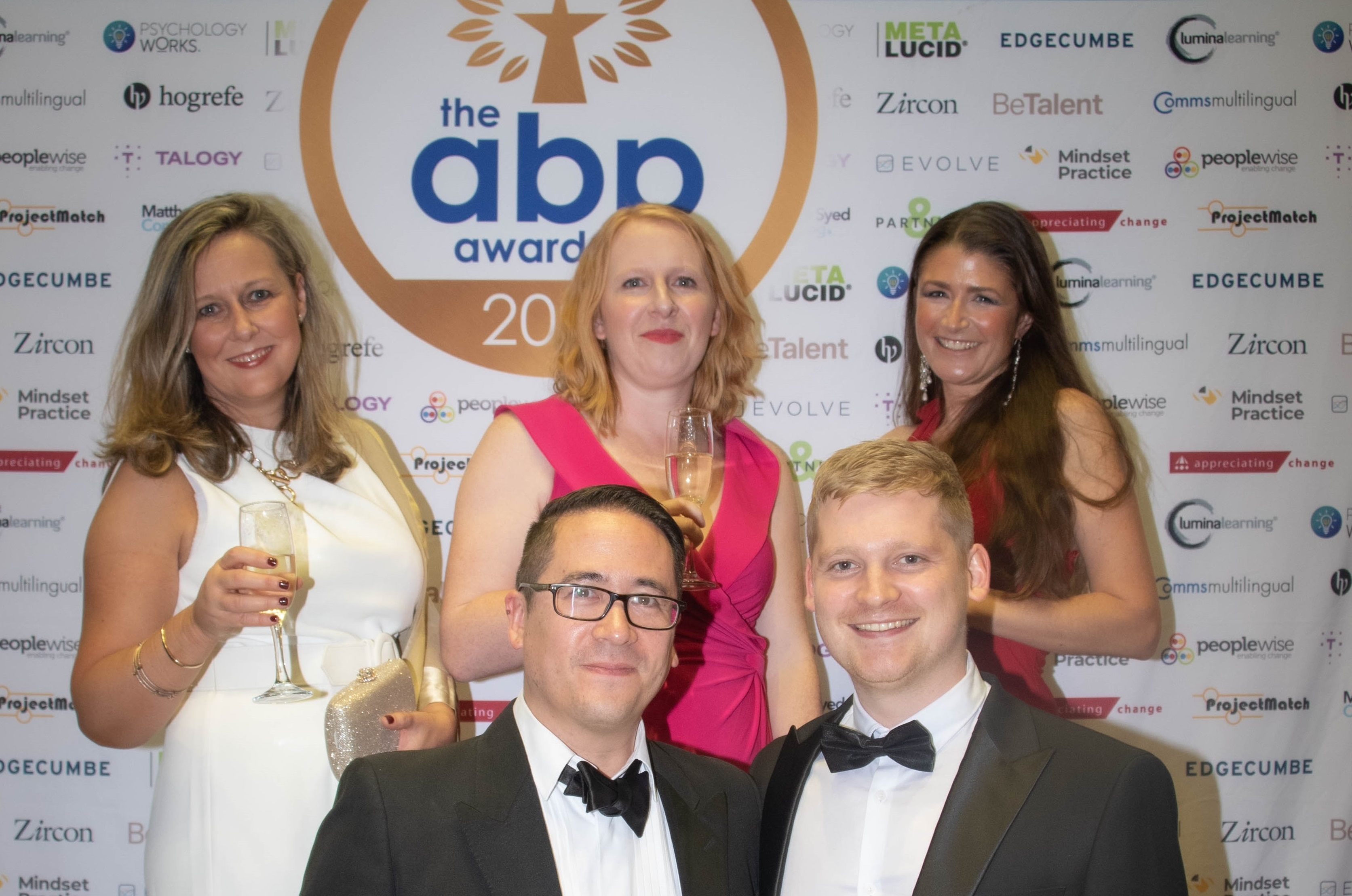I have been working with the research team at Edgecumbe for many years, helping our clients to measure and improve the levels of employee engagement within their organisations and nothing gives me greater pleasure than when an organisation really makes their survey make a difference.
The survey itself is literally a tick-box exercise – the real magic happens BEFORE (and this part is often missed) and AFTER the survey. The survey process can become an initiative that improves engagement itself, by INVOLVING everyone in the business and spurring CONVERSATIONS within teams.
Here are some tips to make your staff survey make a difference, engage your workplace and even change your culture.
BEFORE THE SURVEY
Get buy-in and commitment from your senior leadership team so that employee engagement is treated as a business priority rather than a HR initiative. To do this you may need to create a business case – The Engage4Success task force have an excellent paper of evidence that can be used to show the positive outcomes achievable with an engaged workforce.
Educate your managers through workshops or online content about the importance of employee engagement for the business and their key role in engaging their teams.
Lay the groundwork for the survey through internal comms so that people know why you want to hear from them and that you are committed to acting on the results.
Spend time designing a survey questionnaire that is easy to complete and relevant to staff – it needs to be short enough to be completed in 15 minutes or less, written in clear, simple language and to include questions about aspects of working life that are relevant to staff. Poor questionnaire design can give you ambiguous results that you don’t believe or that don’t give you insights you can act on. Item-wording is extremely important because subtle changes can make a big difference in terms of how people answer the item. For example, in trying to measure motivation, a key aspect within engagement, we used the following item which is common in engagement surveys: ‘I often go the extra mile to help ABC Ltd succeed’. Can you guess what the benchmark of % positive responses was? 98% positive! I don’t think I could find a single researcher, business owner, HR practitioner or manager in the country who would believe that 98% of staff go the extra mile for their company! So what would a business do with that result? Nothing.
This is an example of self-serving bias in respondents – we all make attributions to help us make sense of the world. Serving our self-esteem, we sometimes attribute our successes to internal factors like our personality or motivation, and we attribute our failures to external factors out of our control.
So, we changed the item to: ‘It is worthwhile for me to work hard to help ABC Ltd succeed?’ A subtle change which removes the tendency towards self-serving bias because it puts the attribution on the company – how much is ABC Ltd making it worth my while to work hard for them? The benchmark went down by 20 points and we saw organisations receiving more varied results, which gives them something to work with.
DURING THE SURVEY
Monitor response rates and run internal communications accordingly to drum up as many responses as possible – the more people who complete the survey the more data you have to work from and the more people who have the chance to feel like they have been involved in positive change.
AFTER THE SURVEY
Once the results are gathered, the real work begins!
Communicate results to your SMT so that they understand the results and the main stories (what to celebrate, what to be worried about and where to focus your efforts for development). Get their commitment to ensure that the follow-up happens across the business.
Communicate results to your managers so that they understand the results of their teams in the same way. Support them in how they can use the results to engage their teams in constructive conversations. This will open up the lines of two-way communication which is key to engaging staff.
Action-plan at a local level so that results are taken in context and you ensure that any changes made are relevant to staff. This also helps staff to feel involved and empowered, that their voice is heard and they can have an impact on improving their experience. A large distribution industry client recently found that one small process change idea that came from a team action-planning session made a big difference. It not only relieved a great source of frustration for drivers, but also paid for the whole survey design and process (around £40,000) in the savings it made for the company over that financial year.
Keep the momentum – don’t let action plans be forgotten. Plan in regular reviews at senior and local levels. Encourage managers to talk to their teams regularly about how they’re doing, what changes/ improvements have been made, what more can be done. Keep the lines of communication open.
Monitor your people metrics as you would other KPI’s – by using pulse surveys you can more regularly check engagement levels throughout the year to see where improvements are being made or to pick up on problems early on. Your employee engagement levels should be treated like any other business KPI and as such should be measured/reviewed as often.
A survey is valuable only if it leads to improvements in employees’ experience of work and improvements in business outcomes, but the survey can’t do this itself!
Click here to read more about Edgecumbe Primary Colours® Surveys




















